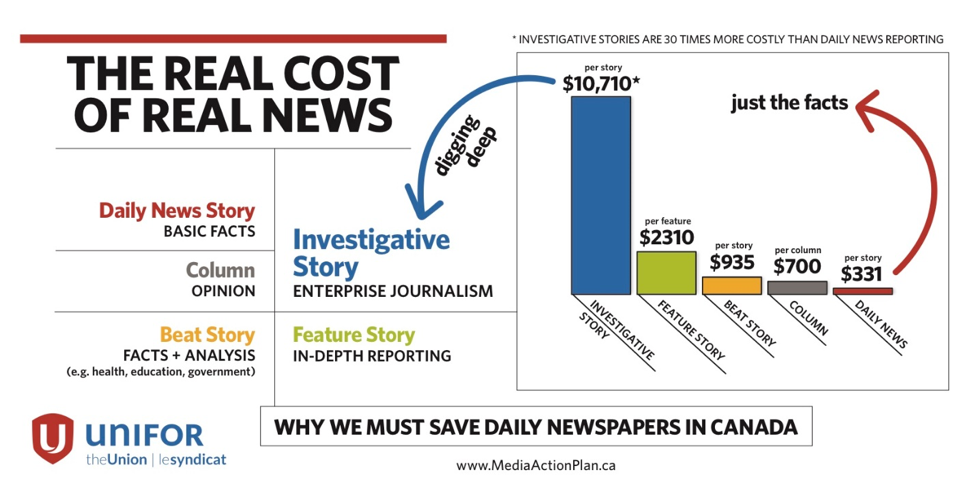February 7, 2018
When you get a heated reaction to a common-sense proposition, there is usually something else going on.
So it is with the criticism of Fairplay Canada’s anti-piracy campaign launched last week.
It’s common sense that stealing is wrong, theft has victims, and that the rule of law (and basic morality) demands something be done about it.
But it’s nearly impossible to enforce the rule of law against offshore pirate websites. It’s an endless game of whack-a-mole. Hence, the website-blocking proposal from Fairplay Canada, targeting only “blatant pirate websites.”
Fairplay’s vocal opponents —including copyright lawyer Michael Geist, Open Media, and other Internet libertarians— have had to figure out how to deflect the basic logic and fairness of the anti-piracy campaign.
Geist’s stuff is red meat for the conspiracy-minded. He sees a slippery slope from blocking full-blown pirate sites to government censorship of the rest of the Internet. Lots of Internet fans eat it up.
Geist also says the Fairplay proposal is flawed because there are no judges involved in vetting the pirate most-wanted list before blocking.
As the lawyer Geist knows, CRTC commissioners are administrative judges, hardly an uncommon status throughout Canada’s legal world. They may not have the lifetime job security of the black-robed judges that Geist favours, but they are the expert adjudicators in the telco/broadcasting universe, and they are appointed by the same federal government that appoints their black-robed counterparts. Even if the CRTC commissioners somehow couldn’t distinguish a notorious pirate site from free expression, the Federal Court of Appeal would step in.
Keep in mind the website-blocking proposal is not about legal speech, or even speech at all. It’s the digital equivalent of padlocking a warehouse full of stolen DVDs. The slippery slope argument is a specialty of interest groups like the anti-gun NRA: if you ban assault weapons, they will take away your Derringer, so never mind the carnage.
As we know from recent events in Kenya, an authoritarian government willing to shut down television stations for broadcasting its political opponents does not need a legal slippery slope. They just do it.
But this is Canada, with a powerful tradition of rule of law and freedom of expression, not Kenya, Russia, or wherever.
The other major objection to the Fairplay proposal is nicely summed up by a recent post on our Facebook page: “I would not even attempt alternate sources of streaming if satellite TV was reasonably priced and completely tailored to my needs.”
No doubt “alternate streamers” think cable companies charge too much for movies, and really why can’t they be more like Netflix? Meaning, if we could stream all the movies and sports we wanted for $10.99 per month, we wouldn’t “alternate stream” pirated content.
When you hold that argument up to the light, however, it’s a different story
First, credit where it is due. You have to acknowledge Netflix’s amazing success. It is now the number one Canadian video channel, thanks to its easy navigation tools, massive global scale, and a loss leading monthly subscription rate. Keep in mind, Netflix has never made money and is in billions of debt.
But you can’t get most second-window hit movies on Netflix, which is what gets pirated. Neither does Netflix stream the international football games that draw so much pirate traffic because they cost too much to re-sell for $10.99 per month. Our cable companies, by contrast, pay top dollar to buy these hit movies and big sports feeds and so they re-sell them for what they are worth.
Nevertheless, if our media companies should be more like Netflix, they certainly are giving it a shot. Up against the Netflix colossus, Bell Media is competing with Crave TV ($7.99 monthly). Rogers and Shaw launched Showmi at $8.99 monthly, but it went bust. Bell just launched its free short-video app Snackable TV.
The irony is that is that even at $10.99 Netflix is priced too much for some people. Around the globe, Netflix and other streaming companies lose $30 billion annually to pirate sites, and climbing every year.
